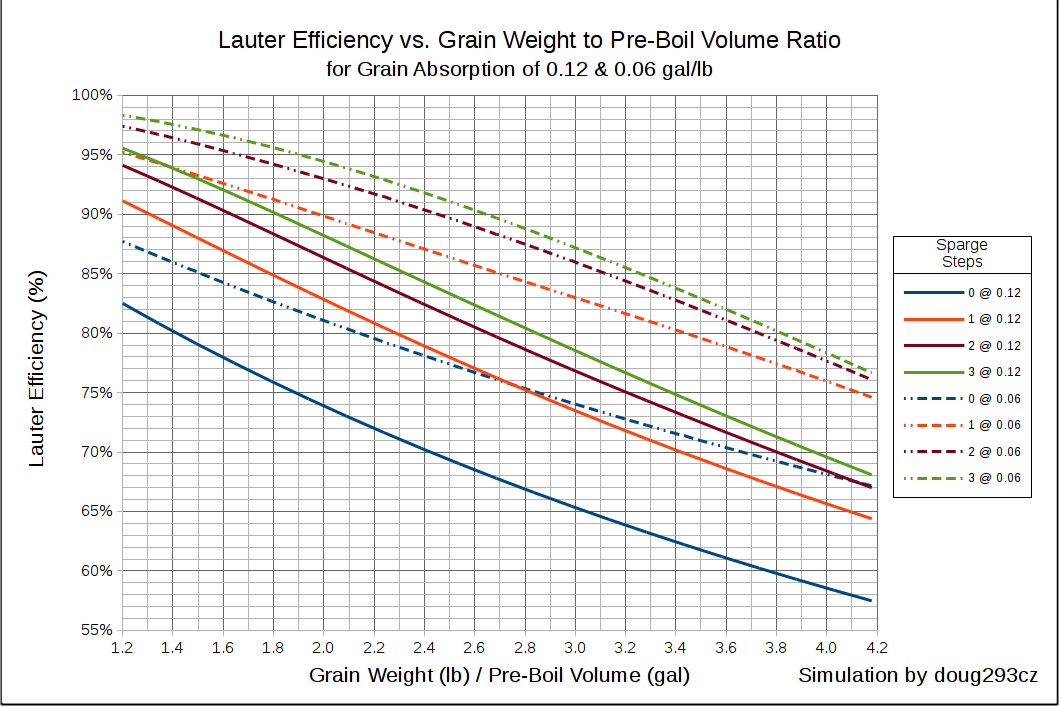Has anyone else noticed that BIAB really isn't a discrete thing anymore? The diversity of systems using bags (calling themselves BIAB) is enormous - a far cry from the original single pot with a bag. Brewer A uses a traditional 'no sparge' method and says BIAB has the advantage of speed, ease and not much cleanup. Fantastic. But efficiency takes a hit. Brewer B....'efficiency is better with BIAB - take the bag out and sparge over the top and give it a good squeeze'. OK, but you've just added a step (and, IMO a messy one). That's good as well, but it's still hard to do step mashes without the need to stir. Brewer C 'but it's easy, stick the bag in a mash tun and recirculate through a RIMS tube'. A fantastic method, and works well (I often use the method) but moves even further from the simplicity of traditional BIAB and takes away the advantage of being able to use a very fine crush. I see some BIAB setups that are so blingy they make my homemade 3v system look like a clunker (to be fair, they still don't compare with off-the-shelf 3v systems for blingyness). Again, not really in the spirit of the original BIAB.
What's my point (tldr)? A bag is nothing more than a manifold/false bottom/bazooka screen. Your system has more to do with the number of vessels, heating method, sparge system etc. than it does the grain filter. BIAB isn't a true group. I know I'll get some hate for saying this, which is OK.
FWIW, I sometimes BIAB, sometimes use my cooler mash tun with bazooka, and sometimes use my keggle mash tun with false bottom. All three may or may not use a RIMS tube. I decide based on what I'm brewing and how much of it. Brew with whatever you've chosen and be happy with it. My personal 'dislike' with using a grain bag (and each system has 'dislike(s)') is the messiness of handling the bag.









![Craft A Brew - Safale BE-256 Yeast - Fermentis - Belgian Ale Dry Yeast - For Belgian & Strong Ales - Ingredients for Home Brewing - Beer Making Supplies - [3 Pack]](https://m.media-amazon.com/images/I/51bcKEwQmWL._SL500_.jpg)


















































